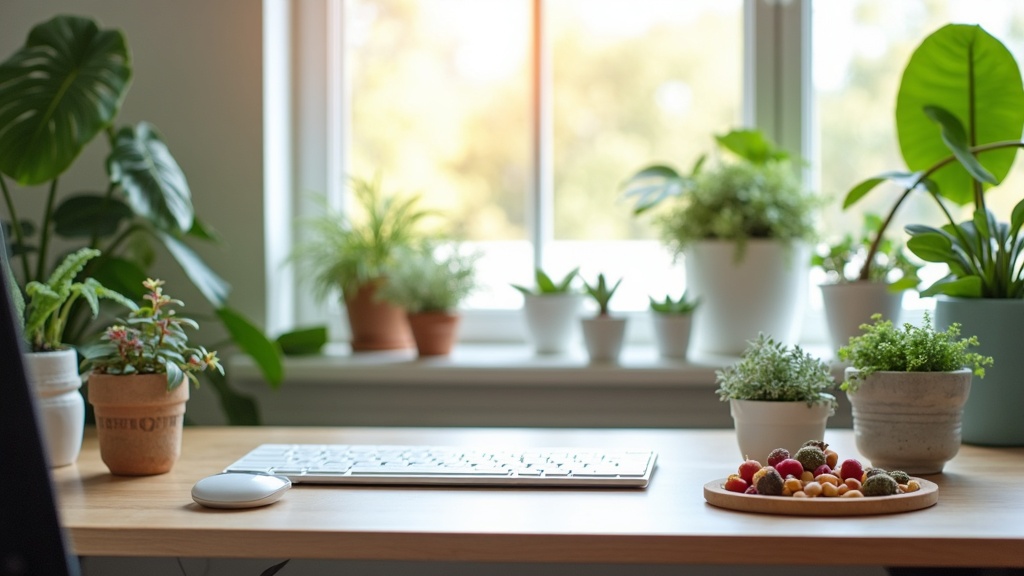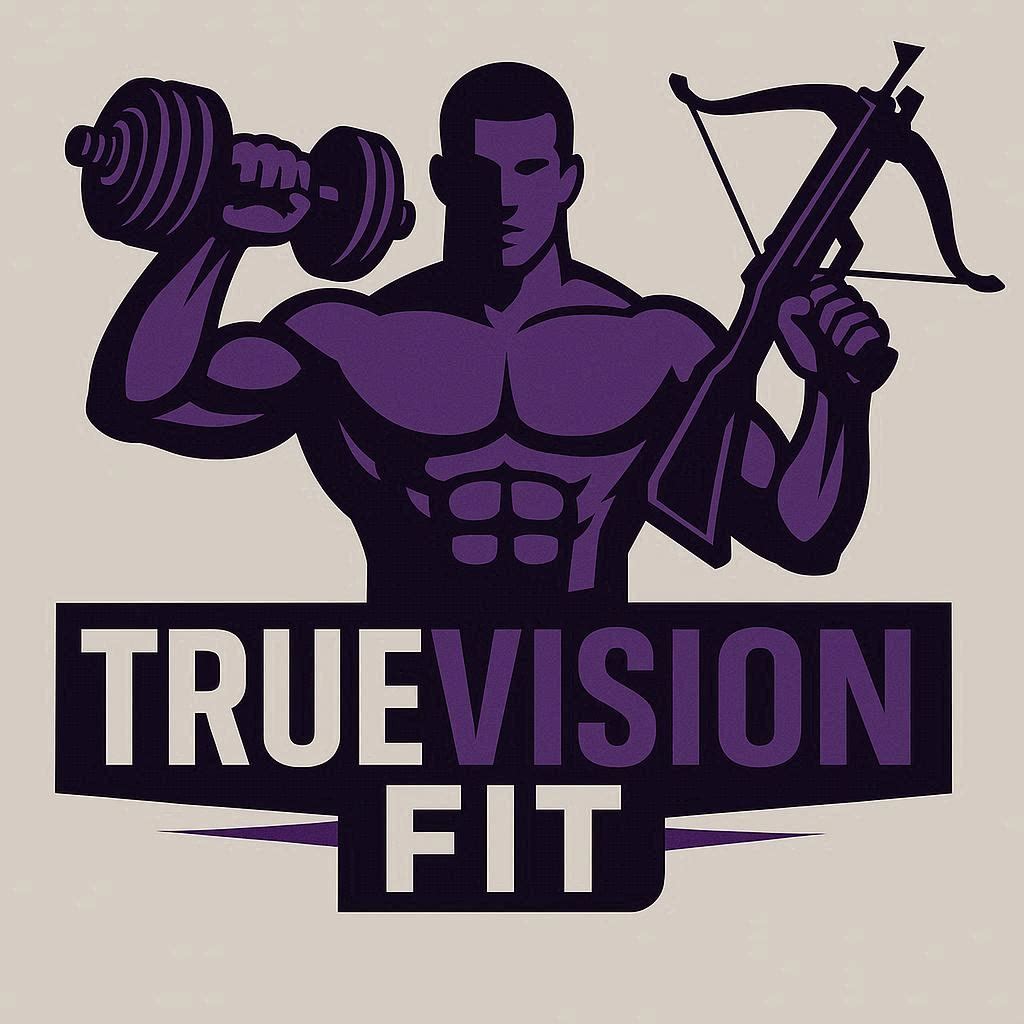Biohacking might sound like something out of a sci-fi flick, but for busy professionals hoping to get more done, it offers a hands-on approach to unlocking focus, energy, and mental clarity. With so many trends swirling around, it’s wise to know what’s actually science-backed and worth your time. In this article, I’ll break down my go-to biohacks for productivity, along with tips that make these methods well-suited for anyone juggling meetings, deadlines, and nonstop notifications.

Why Biohacking Appeals to Busy Professionals
It’s easy to feel trapped on the productivity hamster wheel. Your phone buzzes, you pump up the caffeine, and you still barely maintain peak focus for more than 30 minutes. Biohacking lets you work alongside your biology instead of fighting it at every turn. These approaches can lower burnout, help you recover quicker, and push your productivity to the next level—all without burning yourself out.
The term “biohacking” covers a spectrum, from sleep tweaks to nutrition to changes in your environment, each designed to optimize your brain and body. While some biohacks are high-tech, countless practical options are simple and accessible, with no special gear required. Even subtle changes can create a clear impact on daily energy, especially after a few consistent weeks. For many, the appeal is about direct, measurable benefits you can feel by simply tuning into your body’s needs and experimenting.
Getting Started: The Basics of Biohacking for Productivity
Getting into biohacking doesn’t require you to overhaul your daily life overnight. Instead, try out small experiments and take note of what genuinely helps you perform better. Let’s check out some of the main terms and ideas you’ll stumble upon in this space:
- Circadian Rhythm: This internal clock determines your natural sleep and wake cycles. Having a steady rhythm brings better energy and sharper mental acuity.
- Nootropics: These are substances (ranging from supplements to coffee) meant to give your brain an edge when it comes to focus and memory.
- Blue Light: This kind of light, emitted from screens, can mess up your sleep patterns and leave you feeling sluggish the next day.
- Cold Exposure: Quick cold showers or ice packs can give you an immediate energy boost and help with recovery.
Many biohacks start with just tracking how different habits or environments affect your overall energy and focus. With some trial and error, you’ll pick up what really makes a difference—and which hacks simply aren’t worth your time.
Your Productivity Toolkit: 5 Biohacking Techniques That Work
If you want to pump up your focus and energy at work, these five biohacks have earned their place in my arsenal. I’ve tested each and can vouch for their effects, including some real-world tips for working professionals.
Optimized Sleep Hygiene Your productivity hinges on how well you rest. I’ve found that a full night of high-quality sleep is the single best way to upgrade brainpower and stamina. These practical tools can get you there:
- Consistent Schedule: Wake up and sleep at the same time every day, even on weekends. It lines up your energy and makes mornings less rough.
- Light Exposure: Try to get natural sunshine early in the day, and softer lights at night. I use smart bulbs that shift brightness throughout the day to help cue my body’s clock.
- Sleep Environment: Keep your room cool, quiet, and pitch black. Blackout curtains and a simple fan turned out to be surprisingly eye-catching upgrades for my setup.
- Nutrition Upgrades for Focus “Brain food” isn’t just a catchphrase—it helps your mind and body operate smoothly during long stretches. Here’s what works for me: Some people also jump into nootropics like L-theanine from green tea for a calm, steady focus. I stick to a cup or two of coffee and, when I want something gentler, a mug of green tea.
- Balanced Macros: Mixing protein, fiber, and healthy fats in every meal fights the dreaded afternoon slump.
- Smart Snacking: Trade out processed sweets for nuts, hardboiled eggs, or jerky. This keeps my thinking sharp during marathon meetings.
- Hydration: Dehydration saps focus and slows your brain, so I keep a big water bottle in view to remind myself to sip often.
- Strategic Use of Technology Gadgets and apps can nudge your routine in the right direction. Here are some tech options that are genuinely useful for busy professionals:
- Wearable Health Trackers: The Oura Ring and Fitbit track sleep, heart rate, and physical activity—and the data these generate lets you refine your habits.
- Blue Light Filters: Night modes and blue light filter apps for your screens make winding down at night smoother. Just flipping on these settings in the evening helps me avoid struggling to fall asleep after working late.
- Focus Apps and Pomodoro Timers: The Pomodoro Method (25 minutes on, 5 minutes off) keeps burnout at bay and helps you get more deep work done. The Focus Booster app makes this super simple to adopt.
- Light Movement Breaks It’s tempting to sit through a full day without budging—especially when there’s a meeting waiting every hour. But quick movement can liven up your brain and ease stress. My strategies:
- Desk Stretches: Just standing up and stretching every couple of hours boosts energy and alertness without needing fancy fitness routines.
- Walking Calls: For calls that don’t require a screen, I’ll walk while talking, which makes me feel sharper returning to my desk.
- Set Reminders: I set a recurring alarm every hour to stand, refill my water, or just adjust my posture—it does wonders for my ability to focus if I feel like I’m zoning out.
- Mindfulness and Stress Management Habits Productivity isn’t only about attention—it’s about clearing away distractions and keeping stress low. These mindfulness hacks have restored my mental bandwidth on my busiest days Even brief, easy sessions can step up your focus, especially when things are hectic. Keep it simple—a couple of minutes here and there can add up fast.
- Quick Breathing Exercises: A few deep breaths between meetings works to switch gears and calm the nerves.
- Meditation Apps: Short, five-minute sessions with apps like Calm or Headspace pull me back into the present and stop overthinking in its tracks.
- Journaling: Writing down what’s top of mind at the end or start of the day lets me spot patterns in my stress triggers and game plan changes.
What to Consider Before Trying Biohacks
Getting into biohacking means experimenting, but think about these pointers before starting:
- Listen to Your Body: Pay attention when something feels off. Not all methods work for every person—the right path is the one that fits you.
- Stick With It: These hacks shine when practiced consistently. Wait at least a week to notice any big shifts.
- Life Happens: Work, stress, and family can all change your outcomes. Allow yourself room for slip-ups and experiment at your own pace.
- Check for Quality: If you’re adding new supplements or gadgets to your day, pick reputable brands and research them. Good info keeps disappointments and risks at bay.
Blue Light and Sleep Quality
Late-night screen time used to leave my sleep wrecked. With blue light blocking glasses after sunset and switching screen settings to “night mode,” my body winds down the way it should. The difference in my rest (and next-day energy) has been eye-opening.
The Power of Breaks, Not Just “Pushing Through”
I was sure longer desk hours would mean more output, but scheduling short breaks and regular movement actually let me get more done. Try blocking breaks in your calendar—it’s a little step, but the results can surprise you.
Testing and Tweaking: What Works for You?
Your perfect setup won’t look like everyone else’s. Usually, the hacks you stick with the longest are the ones that fit seamlessly into your routines. That might be an evening wind-down ritual, pacing during long phone calls, or changing up how you snack. Stay curious, track your focus levels, and tweak as you go. This hands-on, flexible approach is what delivers real change for myself and countless other professionals in my network.
Frequently Asked Questions
People often check in about these common productivity biohacks. Here’s what comes up:
Question: Do I need fancy equipment or supplements to get started?
Answer: Most biohacks are simple and free. Sleeping better, eating smarter, and tweaking your environment works well on their own. Gadgets and supplements can be helpful, but you can see real benefits without them.
Question: How long before I see results?
Answer: A lot of people notice some improvement in focus and energy within a week of sticking to a new routine—especially when it comes to sleep and light exposure.
Question: Are these techniques safe to try long-term?
Answer: Most techniques covered here focus on natural cycles and safe habits. If you’re considering new supplements or making big changes, it’s smart to ask a healthcare pro just in case.
Adding Biohacks to Your Work Routine: Practical Next Steps
Start with one or two new habits, keep an eye on the results, and only add more if they genuinely help. Consistency is usually the game changer—piling on too many new things at once is less helpful than sticking with a couple of proven winners. Even small biohacks can cut down on burnout, beef up your focus, and give you a noticeable edge in your workday. Stay flexible, stay curious, and you’ll set yourself up for steady progress.
